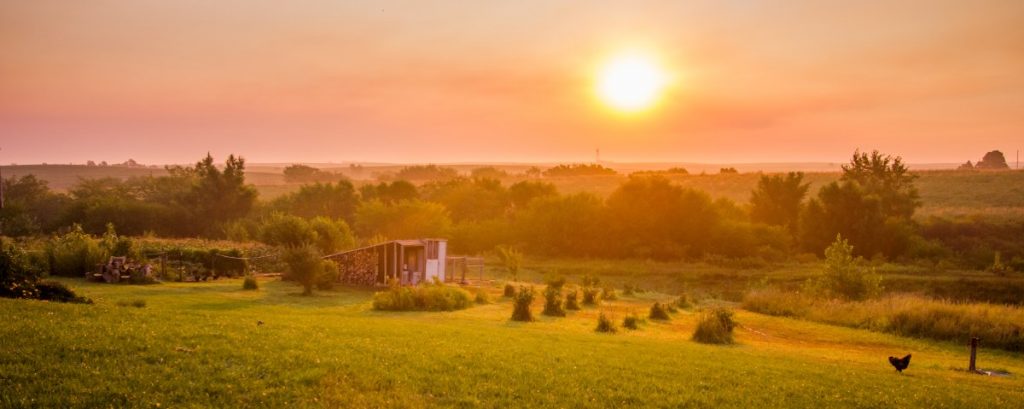Are you looking for easy to implement homestead ideas that will help you be more self-sufficient, environmentally friendly and cut costs? You will be surprised at how little you need to start a homesteading lifestyle and achieve your goals.
In this article, you’ll learn what homesteading is, get tips on what a homestead needs and learn how to start and be successful at homesteading.
You will also find homestead ideas for all types of homesteads including backyard, small, and off-grid homesteads, as well as homestead business ideas and tips on how to name your homestead.
What Is Homesteading?
When most people consider homesteading, they picture subsistence farming on a remote, off-grid farm. This is an ideal scenario for some homesteaders, but it’s not the only way you can homestead.
Homesteading is about living a more self-sufficient and sustainable lifestyle, and you can start homesteading no matter where you live. While growing your food is a significant part of homesteading, the lifestyle encompasses so much more.
Preserving your harvest, living frugally and sustainably, and making artisanal produce and crafts to use or sell are all a part of homesteading.
Many people start urban homesteading in their patio or backyard.
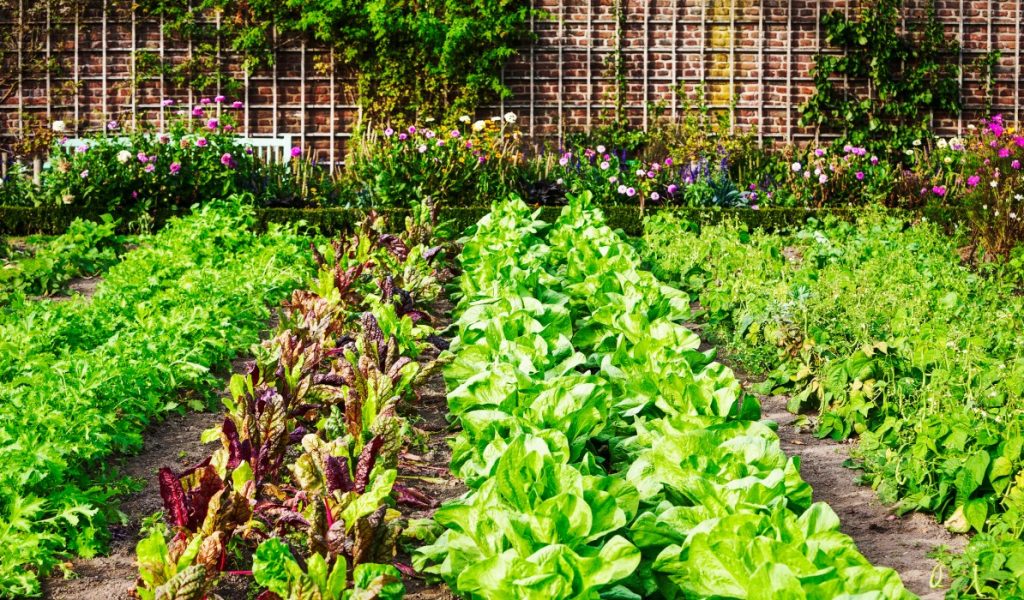
What Does Every Homestead Need?
Every homestead, no matter what size, needs a few basics. With these, you can enjoy the benefits of growing your own fresh vegetables and herbs.
Growing Space
Vegetables and herbs need enough light to thrive, so the first thing you need is a sunny growing space where you can start your vegetable garden. If you live in a city, don’t worry.
You don’t need a large area or even access to bare ground. You can plant vegetables in raised beds, containers or milk crates in your backyard or patio, and a sunny kitchen windowsill is ideal for herbs. Try vertical planting to make maximum use of your growing space.
Water Source
One of the most critical requirements for homesteading is a constant, reliable water source. Be it piped water, well water or water collected in rainwater tanks.
Many homesteaders catch and direct water using permaculture principles to create swathes and other features.
Composting System
Composting not only benefits your soil and plants. It also helps the environment as less waste lands up in landfills.
Adding compost enriches the soil, provides nutrients for plants and helps to retain moisture. There are several ways to make compost, and once set up, it takes little to no effort to throw your vegetable scraps, leaves, plant trimming and paper scraps into your compost. You could start a compost heap, build a compost bin or get a compost tumbler.
A compost tumbler is a good option for residential areas as it speeds up the composting process, keeps out animals and rodents and is odour-free.
Storage Space
Once you have harvested your fruit and vegetables, you need a way to preserve and store the excess. Drying, pickling, and canning are all versatile homesteading skills that allow you to save and enjoy your harvest throughout the year.
However, you will need a root cellar for storing vegetables or pantry shelf space for cans or mason jars of preserves.

Tips For Starting a Homestead
There are so many homesteading ideas that knowing where to start can be overwhelming. Here are a few tips to get you started without being overwhelmed.
Evaluate Your Space
No two properties are the same, and each space comes with unique benefits and challenges. Spend time in your future homestead and plan the layout based on what you want to achieve and available features.
Take note of the sun’s path and shady patches when planning your vegetable garden. What type of climate and soil do you have?
Is the space large enough to keep animals, and are you allowed to keep livestock or bees in the area? Are you hoping to have a farm stall or rainwater tanks? If so, are they allowed? What are the rules in your area?
Make a List of Projects and Ideas
Having evaluated your homesteading space, you are ready to make a list of all the projects and ideas you would like to try. Use the ideas in this article for inspiration, and don’t let yourself get overwhelmed if you feel you lack the skills required.
Homesteading is a process, and everyone has to start somewhere. Having a list of ideas in front of you allows you to focus and can give you direction.
Prioritize
Now prioritize and focus on one or two of the ideas on your list at a time. Your priorities will be personal and depend on your timeframe and what you hope to achieve with your homesteading.
There are no rules, and sometimes circumstances will make one task a priority. When an irrigation line breaks, it is time to learn about plumbing and a large harvest of homegrown vegetables or fruit will prioritize learning how to preserve and make jam.
Planting trees, creating a small vegetable garden and thinking about irrigation are good places to start. Trees take time to grow, so the sooner you get them in, the better.
Another productive step is to start composting as quickly as possible. Nutritious homemade compost will have a significant impact on the fertility of your garden.
Start Small
You can apply the idea of starting small to all homesteading activities and projects. Consider planting your first vegetable garden with purchased seedlings instead of growing everything from seed.
If you want to keep chickens, start with a handful and not a whole flock. Similarly, master one food preservation skill before moving on to the next.
Starting small will allow you to give each project your full attention and make simple adjustments as you learn and encounter unexpected issues. Once you have more knowledge and expertise, you can increase the scale of your projects.

DIY Wherever Possible
You do not have to be handy to start homesteading, but don’t be afraid to step outside your comfort zone, get creative, and build things. DIY projects are an opportunity to learn new skills, add character to your homestead, and help save you money.
Learn How to Preserve
As your plants begin to grow and you start enjoying fresh homegrown food, there will be times when you have excess fruit and vegetables.
Learning how to preserve your bounty is a must-have skill for all homesteaders, allowing you to enjoy your harvest throughout the year.
There are several methods to preserve homegrown food, including dehydration, freezing, canning, and pickling. Experiment and find which of these work best for you.
Never Stop Learning
As your homestead takes shape and you tackle new projects, you will continually learn new skills. Apart from the project skills you learn, unexpected issues with soil, parasites or bugs will also have you researching and reaching out to other homesteaders to find solutions.
Follow your passions and research and learn everything you can until you become an expert in something. Over time ongoing learning will provide you with the skills to make a living homesteading wherever you choose to settle.

How do People Afford Homesteading?
People afford homesteading by saving, being frugal and being resourceful. Homesteading is about leading a simple self-sufficient life. However, you need to invest in tools and equipment and may want to purchase land.
Unless you are 100% off grid there will still be monthly bills to pay. Many people start small and live off their current income until they transition to making a living homesteading. Our article on how to start homesteading with no money is full of practical ideas to get you started.
How do You Have a Successful Homestead?
Having a successful homestead differs from person to person, depending on what you hope to achieve and how you measure success. Below are some homesteader secrets for success, no matter your experience or the size of your homestead.
Live Below Your Means
Living below your means is one of the most important secrets to success. Don’t spend more than you have. Debt can be a significant hindrance to entrepreneurship and homesteading success.
If you can reduce your expenses, pay off your debt, and save, you are on the way to achieving your dreams of self-sufficient living.
Instead of throwing money at problems, successful homesteaders look for creative solutions such as renting, bartering, borrowing or repurposing something.
Invest Time and Energy
Growing your own food requires ongoing consistent work planning, planting, maintaining, harvesting and preserving your food.
To be successful, homesteaders need to invest time and effort into building skills that will allow them to be self-sufficient and make a living. You need to set aside time and work hard to reach your goals.
Be Focused
Simplify your life and say no to activities and commitments that do not teach you skills or help you achieve your dream. Prioritize and Focus on taking small steps towards completing projects and learning new skills.
Embrace Failure
Don’t be afraid of failure. It is unavoidable when you are trying something completely new. See failure as an opportunity to learn and adjust, creating future success.
Ownership is Optional
Remember, ownership is optional and not always required for success. Often borrowing or leasing is a good option and saves you money. Use your savings for purchases when the cost of ownership is less than rental.
Connect With Others
Take the time to build relationships with people in your community and other homesteaders. Their input and support will help you become a successful homesteader.
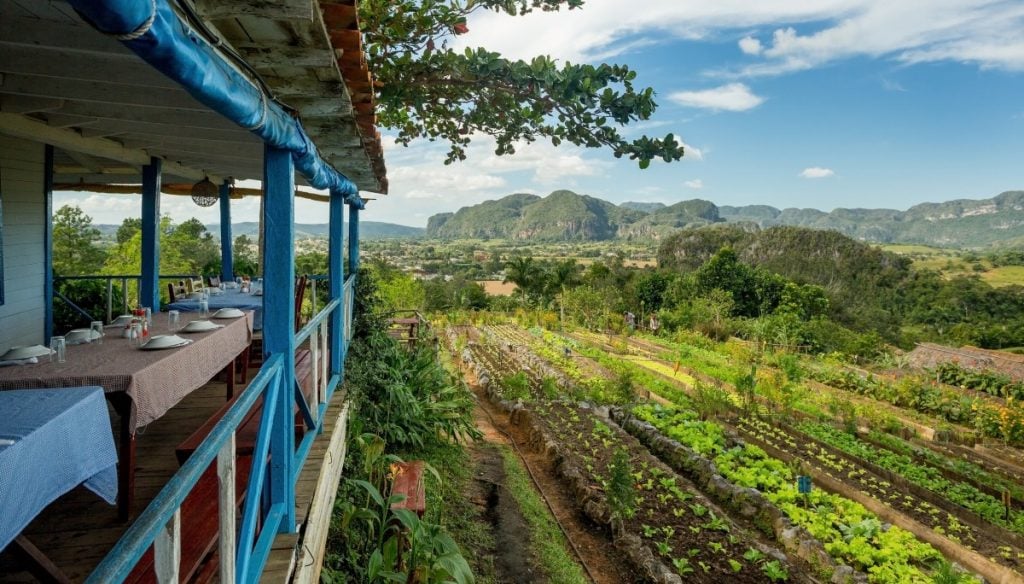
Backyard Homestead Ideas
Now that you know what homesteading is, what you need and how to be successful, it is time to get started. Here is a list of fun, practical backyard homestead ideas to inspire you.
1. Grow Microgreens
Microgreens are easy to grow and don’t need a lot of space. They are an excellent, cost-effective way for any homesteader to start growing their own food. You can grow microgreens year-round and they are very rewarding as you will have your first harvest a couple of weeks after you sow the seeds.
Try growing microgreens on paper towels without soil as a fun project for the whole family.
2. Plant a Herb Garden
Herbs are hardy, rewarding to grow and exceptionally versatile. Culinary herbs can be used to add flavor to your meals and are also delicious as a tea. Many herbs have beneficial medicinal properties, and you can also use them to scent your home and repel insects.
3. Plant Berry Bushes
Berry bushes are generous plants and, once planted, spread well. They provide inexpensive vitamin C filled berries year after year that are easy to preserve. Try making delicious jams and jellies using your excess berries, or simply freeze them for future use.

4. Grow Potatoes Vertically
Growing potatoes vertically is easy and efficient and a fabulous idea for urban gardeners with limited space.
You can also store your potatoes in the vertical growing tower. There are various methods for growing potatoes vertically, and a little online research will teach you all you need to know.
5. Grow Insect-Repelling Plants
The essential oils in insect-repelling plants act as a natural bug repellant, and insects tend to avoid them.
Planting insect-repelling plants between your vegetables helps to deter hungry bugs. You can also strategically place them throughout your garden and on your patio to help repel unwanted mosquitoes and flies.
6. Grow a Tea Plant
Growing tea plants is incredibly satisfying and easier than you think. All teas come from the Camellia sinensis plant. Differences in taste and color are dependent on harvesting times and how the leaves are processed.
7. Grow Toilet Paper
Although this may seem rather extreme, it is a fun idea, and these big leafed “toilet paper” plants also have other uses such as face wipes or wound bandages.
Mullein, Indian Coleus and Dombeya Burgessiae are favourites when it comes to growing toilet paper. They all have soft, absorbent leaves that do not commonly cause allergic reactions.
8. Build a Pergola and Plant Grapes
Grapes are not only delicious but are productive for hundreds of years. Build a sturdy pergola or trellis and plant a few different varieties. Use grapes to make jellies and jams, and you could also be adventurous and produce wine or grape vinegar.
9. Create a Pollinator Bed
More pollination means more fruit and vegetables. Create a colorful pollinator bed to attract bees, butterflies, hummingbirds, and other pollinating insects to your garden. Choose a selection of plants that flower at different times to attract pollinators all season long.
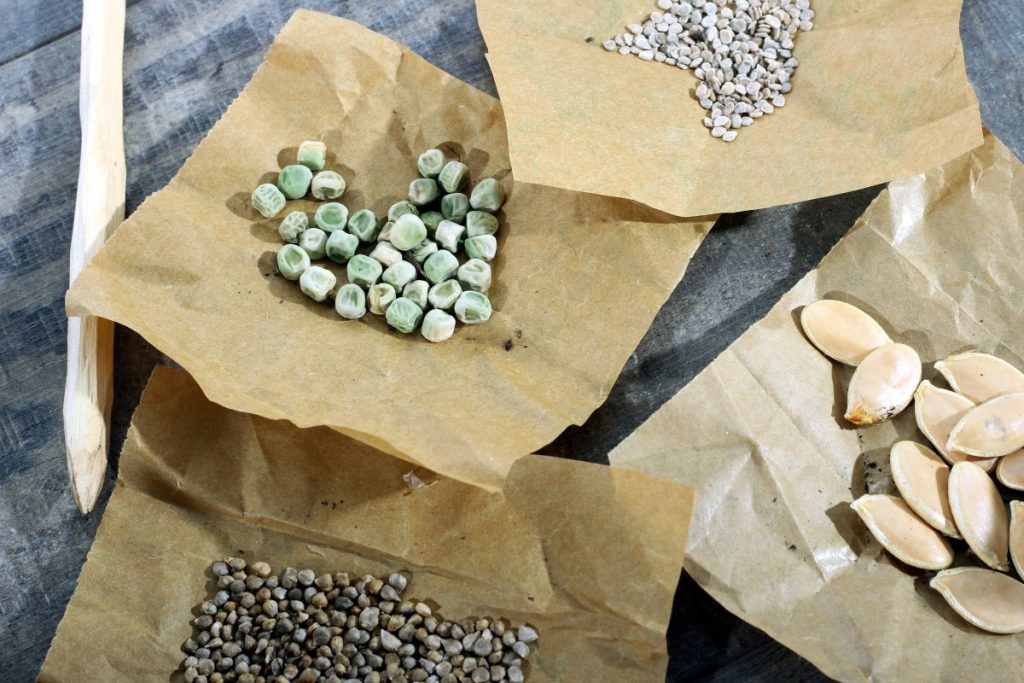
10. Save and Swap Seeds
If you want to grow fruit and vegetables for free, seed saving is the key. Save seeds from the vegetables you purchase or are given and use these to grow more plants. Seed saving is easy and works for most plants. Try swapping seeds with other homesteaders to get new varieties.
11. Plant Fruit Trees
Fruit trees are an essential part of any homestead, and even if you have a small space, you can plant dwarf fruit trees. Planting fruit trees should be one of the first things you do in your backyard homestead as they need a few years to grow before you have your first harvest.
12. Build a Greenhouse
Try building a greenhouse in any shape and size to fit in with your space. Learning to do so is a valuable homesteading skill. In cooler climates building a greenhouse extends your growing season and, if big enough, allows you to grow vegetables that would usually not survive.
13. Grow Mushrooms
The idea of growing mushrooms can seem intimidating, and it is still relatively rare to see people growing their own mushrooms at home. However, it is not as complicated as you may think, and once you know the basics, it is just like growing other vegetables.
Edible mushrooms are a versatile crop to consider for your homestead. They have culinary and medicinal uses, and you can sell them to generate income.
14. Use Worms to Compost
Worm compost bins are a great way to put your kitchen scraps to good use and get nutrient dense plant food in return. They don’t smell, are small enough to fit on a balcony or outside your kitchen door and worm castings have high nutrient levels.
If you have a garden, you can also install an in-ground worm farm to enrich the soil. They are an easy DIY project and, when installed, are self-sufficient and low maintenance.
15. Keep Chickens and Ducks
Chickens and ducks are easy-to-raise homesteading animals that are allowed in backyards in many urban areas. They are easy to care for and resilient, provide both eggs and meat and can be used for insect control or as lawnmowers.
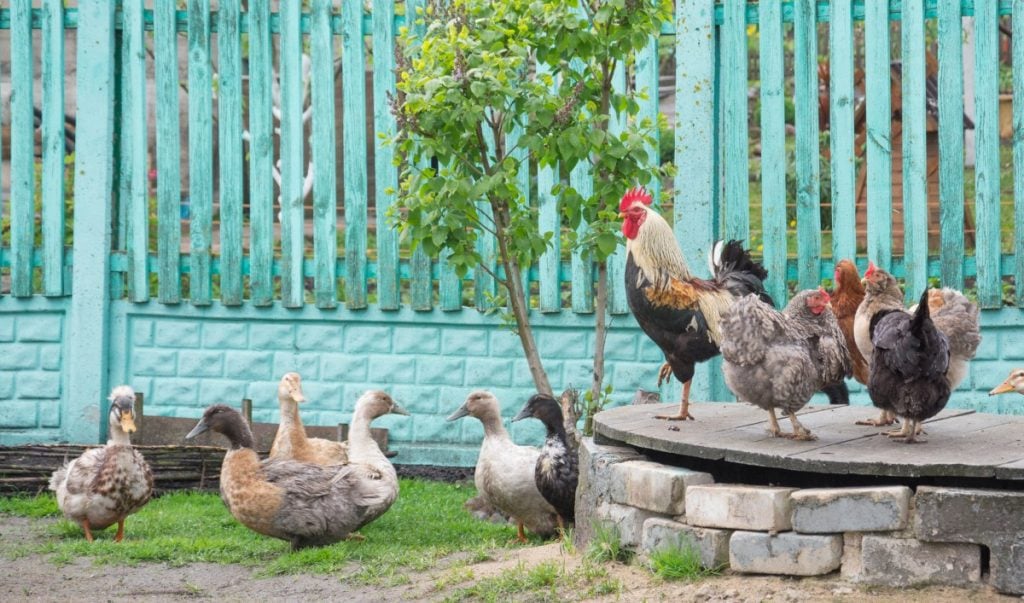
16. Build a Chicken Tunnel
A chicken tunnel is simple to build and allows your chickens to weed and compost in your food garden without damaging your plants. Once they finish a section, it is easy to move the tunnel to a new spot.
17. Become a Beekeeper
A productive beehive is a valuable addition to any homestead. The bees will pollinate your plants, provide beeswax and honey, and give you access to propolis and bee pollen.
The initial once off setup costs can be steep, but once established, they are self-sufficient and easy to maintain.
18. Set Up a Rainwater Collection System
A rainwater collection system allows you to obtain and store chlorine free water for irrigation and reduces your environmental footprint. Collecting or harvesting rainwater is an effective way for backyard homesteaders to reduce their monthly water bill.
19. Create a Root Cellar
For centuries people have used underground or partially underground root cellars to store root vegetables. They prevent the vegetables from freezing in winter and keep them cool in summer.
You can make a DIY backyard root cellar using barrels, pallet wood, trash cans and old freezers.
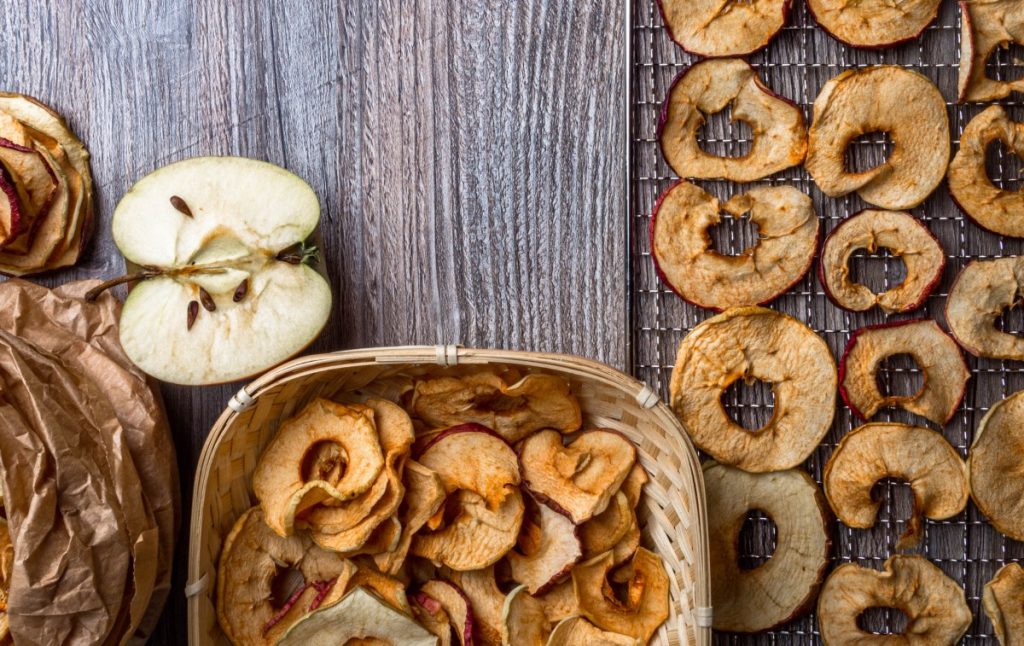
20. Dehydrate Fruit and Vegetables
One of the many challenges of homesteading is preserving excess fruit and vegetables. Dehydration is a great way to create long-lasting snacks that you can enjoy long after your harvest.
21. Ferment, Can or Pickle Your Harvest
Learning these skills not only preserves your excess fruit and vegetables, but also provides tasty accompaniments to your meals. You can make money by selling your fermented and pickled products.
22. Make Soap
With practice, making soap is relatively simple, with only a few steps. One of the benefits of homemade soap is being in control and knowing what’s in your soap. Add colors, herbs and scented oils to your soap for an appealing end product that you can sell.
23. Make Skin and Haircare Products
This rewarding homesteading skill allows you to craft products specifically to suit your skin and hair. It also saves you money on expensively packaged commercial products.
24. Make Scented Products
Use herbs and pollinator plants to make wonderfully scented products to use in your home or sell. Try drying a variety of scented leaves and flowers and make potpourri bags.
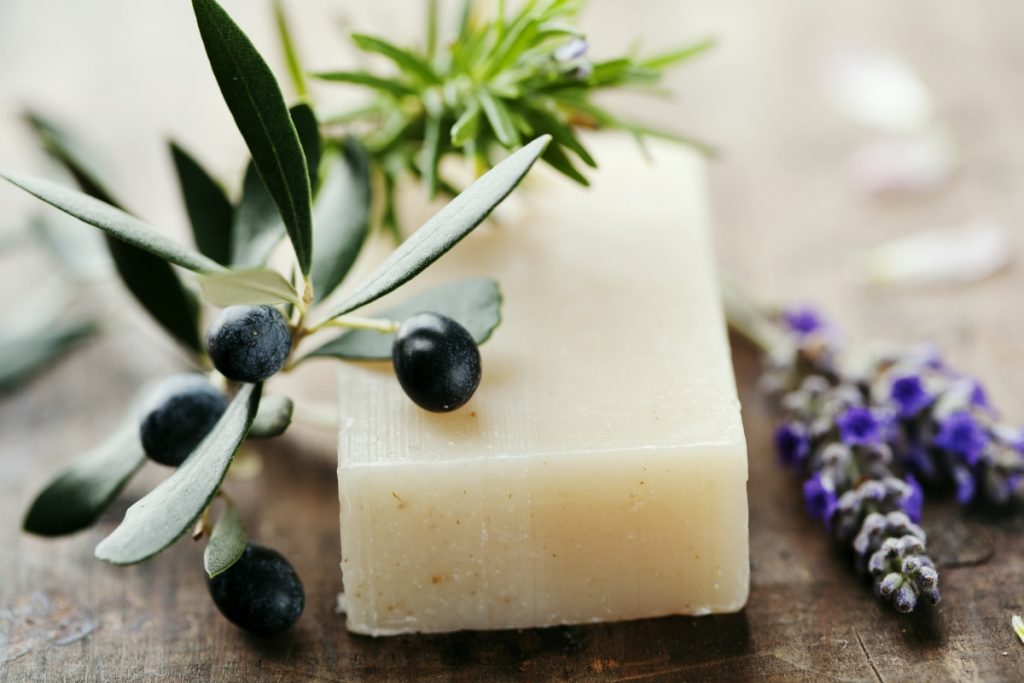
Small Homestead Ideas
Small homesteads are the ideal solution for many as they give you additional space to raise animals and plant orchards, but are still manageable. Below are some small homestead ideas that you can try, over and above the backyard homestead ideas.
25. Plant Olive Trees
If your climate is similar to the Mediterranean, try planting an olive tree. Olive trees live for hundreds of years and are hardy and self-sufficient.
They need very little water, making them great for slopes where it is difficult to grow anything else. You can preserve and enjoy the olives or use them to make olive oil.
26. Grow a Bamboo Plantation
Bamboo is not only one of the fastest plants to grow for timber but is also extremely useful. You can find a bamboo variety to suit every climate and use.
Small bamboo varieties make good garden stakes, and larger varieties provide timber. Bamboo timber is useful for making furniture or even building structures.
27. Keep Goats
Goats are a good option if you yearn to make cheese but do not have enough space for cows. However, do your research first and speak to other homesteaders to ensure you get the right breed for your requirements.
There are several goat breeds that you can use for both milk and meat, and some are better suited to homesteading than others.
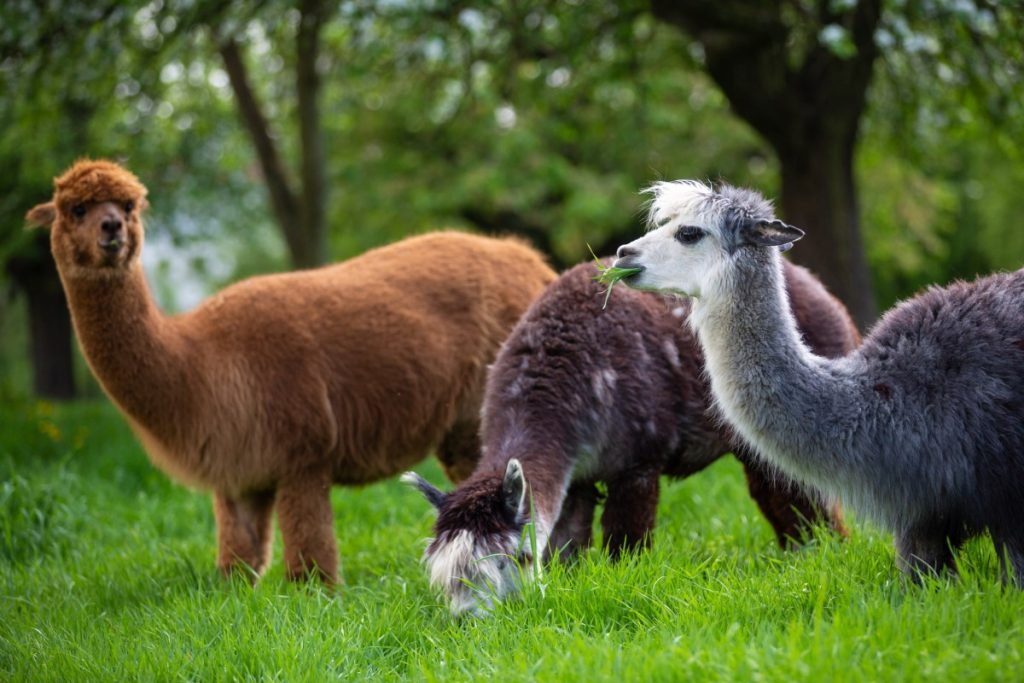
28. Raise Alpacas For Wool
Alpacas are rapidly gaining popularity with homesteaders as wool livestock animals. They are easy to care for, compact in size, virtually odourless and up to ten can be kept per acre.
You can make money selling the alpaca’s offspring (cria) to other farmers and the luxurious alpaca wool to spinners. You could also spin yarn and make alpaca products to use or sell.
29. Build a Traditional Oven
Traditional ovens are a great way to cook outdoors, and there are a few different ways you can build one. Try a stone or trench oven or build a bread oven into a hillside. Bread ovens are also great for pizza.
30. Make Your Own Cheese
If you keep cows or goats, then you need to learn how to make cheese. It is a good idea to start with simple cheeses like cream cheese and cottage cheese and then move on to feta and harder cheeses once you have some experience.
You can also set up a microdairy and make additional income selling cheese and other dairy products.
Off-Grid Homestead Ideas
If you are a seasoned homesteader and have always dreamt of being off grid and completely self-sustainable, here are a few off-grid homestead ideas you can try.
31. Set Up a Gravity-Fed Water System
Gravity-fed water systems have been used for hundreds of years and use the law of gravity to move water from one point to another.
A gravity-fed water system does not require any electricity or pumps of any sort. They are very effective on homesteads with a slope and can be used to provide water to your shower, gardens, animals, and if set up properly your entire house.
32. Build a Solar Water Heater
A solar water heater is an inexpensive, easy-to-build, DIY water-heating system. Once installed, it will provide you with a continuous supply of low-cost hot water.
33. Build Your Own Wind Turbine
Wind turbines are an effective source of renewable energy for your homestead. Turbines come in various designs and types and vary in cost to build. It is a good idea to start small, and when you have some experience, move on to larger projects.
How to Make Money Homesteading
The homesteading skills you learn to be self-sufficient are also skills used to make money. Read our article on how to make money homesteading for some great homestead business ideas.
Can homesteading be profitable?
Homesteading can be profitable, but it takes careful planning, budgeting and hard work. Below are six things to consider when selecting a profitable idea for your homestead.
- How much time you have?
- How much help you have?
- How much space is available?
- Is your climate suitable?
- What are the costs?
- How saturated is the market?
Homestead Name Ideas
A unique, catchy homestead name can be an effective marketing tool when used on your farm stall, produce packaging, promotional material and/or homestead blog. However, knowing where to start when brainstorming a homestead name can be challenging.
To get some ideas, consider what type of farm you have, what the surrounding landscape looks like and any distinguishing features. Use your imagination, jot down several name ideas and then put them aside for a day or two. When you look at them again with fresh eyes, your favorites will jump out.
If you are struggling to come up with suitable name ideas on your own, get some help from family and friends. Invite them over for a brainstorming session. You’ll be amazed at the great ideas generated when people work together.
You can make your name memorable by including delightful descriptive adjectives but try to keep it simple. Homestead names should be unique but also easy to say and spell.
Remember not to limit yourself by choosing a name that is too specific. You may want to change or add products in the future.
ToughNickel has various farm name examples and a fun farm name generator where you can try out different word combinations.
Final Thoughts
If you dream of living a self-sufficient lifestyle, now is a great time to start. Remember, it is best to start with small, simple steps and tackle one project at a time. Visit our Resource Hub for more homesteading information and step-by-step guides to get you started on your homesteading journey.
